Some flowering plants are stunning in appearance but can be harmful to humans due to the presence of toxic substances that help them defend against enemies and intruders. If someone comes into contact with these plants, they may experience negative effects. One such plant is the night hyacinth. Despite its alluring scent and beautiful appearance, this flower is toxic to human health. All parts of the plant contain toxins that can cause breathing difficulties, nose and throat irritation, severe headaches, nausea, and dizziness. It’s important to be aware of the potential dangers of the night hyacinth and other poisonous plants to avoid any harm.
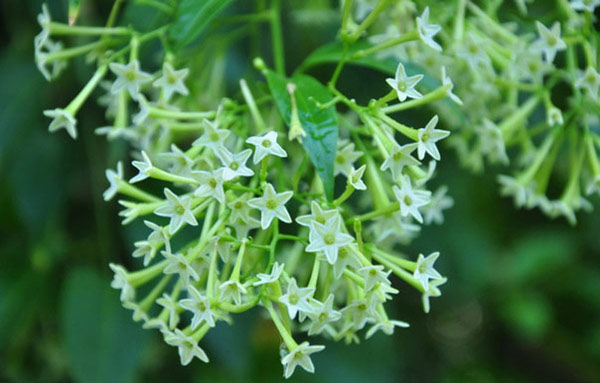
Excessive and prolonged exposure to hyacinths can worsen the condition of individuals with high blood pressure or heart disease. Moreover, the presence of toxic alkali in this flower can accelerate hair loss if one is exposed for an extended period. In case of hyacinth poisoning, it is recommended to seek immediate medical attention if the patient becomes unconscious, unresponsive, or experiences breathing difficulties. If the patient is conscious and responsive, contacting a medical facility or seeking instructions from a general practitioner will be beneficial.
It’s not just humans who have to be careful around plants – many parts of the plant, including leaves and flowers, can contain harmful chemicals that can be dangerous to animals. These chemicals are known as toxic alkaloids and have been rated as a major hazard by the California Poison Control System, making them one of the most dangerous substances in the plant kingdom. In fact, poisoning has occurred in a variety of animals, from cows and horses to cats and poultry.
One plant that is often grown for its beautiful flowers is wisteria, which is also known as the purple bean flower. With its stunning purple color, wisteria is a popular ornamental plant in many countries, including China, Korea, and Japan.
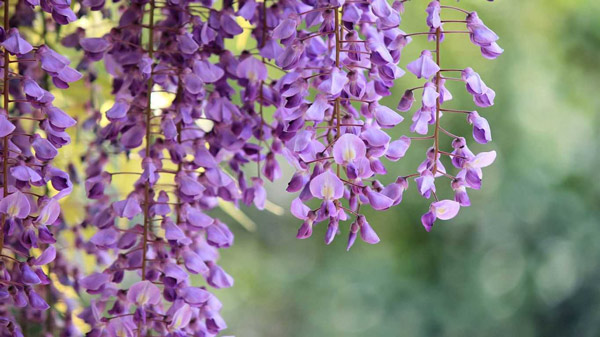
Wisteria flowers are not just visually appealing, they also emit a pleasant scent. However, it is important to note that the seeds of wisteria plants are highly poisonous and can result in symptoms such as vomiting, cramping and diarrhea if consumed.
Another essential requirement for the growth of flowers is water.
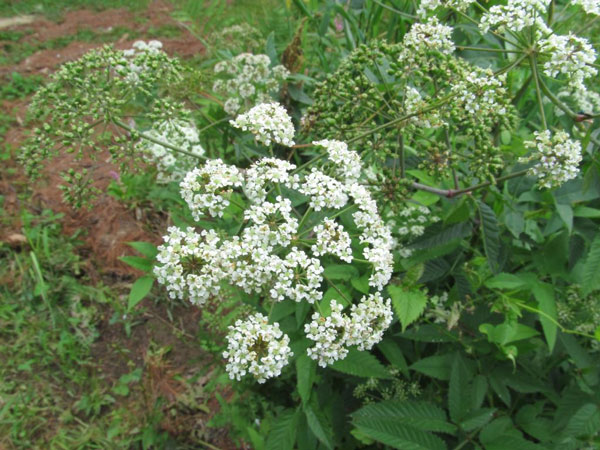
The US Department of Agriculture has reported that this particular plant is the most toxic in North America. The deadly resins found in its roots contain cicutoxin, which can cause seizures and strokes in humans, even with just a small amount of exposure.
The charming Hydrangea flower is a popular choice for decoration in various locations due to its stunning rounded blooms in shades of pink, white, and blue.
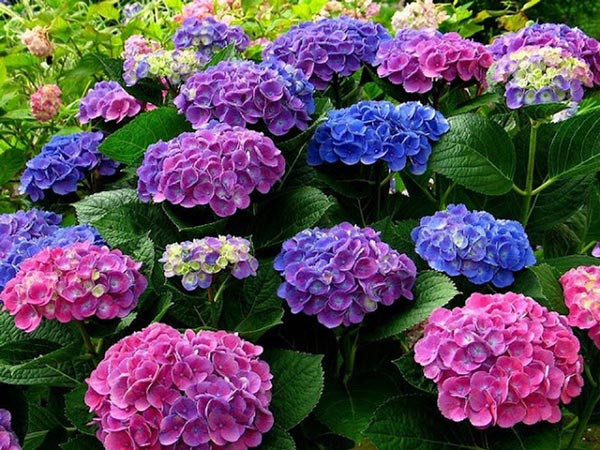
Despite its beauty, the hydrangea plant contains toxins throughout all of its parts. Ingesting the leaves or tubers can result in diarrhea, vomiting, and even more serious symptoms such as coma, convulsions, and blood circulation disorders. Another flower to be wary of is the Da Lat lily. Hailing from Colombia, this plant’s flowers come in stunning hues of white, yellow, and red. However, it is important to note that the entire plant contains harmful toxins. Known also as the angel’s trumpet or devil’s breath, this flower should be handled with caution.
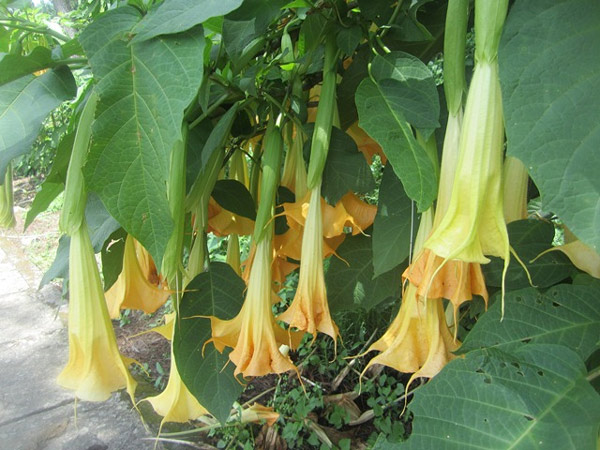
According to various sources, if someone smells the fragrance of a particular flower, they might become unconscious and lose control of their actions. This flower is commonly used to produce hallucinogenic substances, and it’s quite popularly grown in Da Lat, Vietnam. As a result, it’s also known as Da Lat lily. Another flower that’s worth mentioning is safflower.
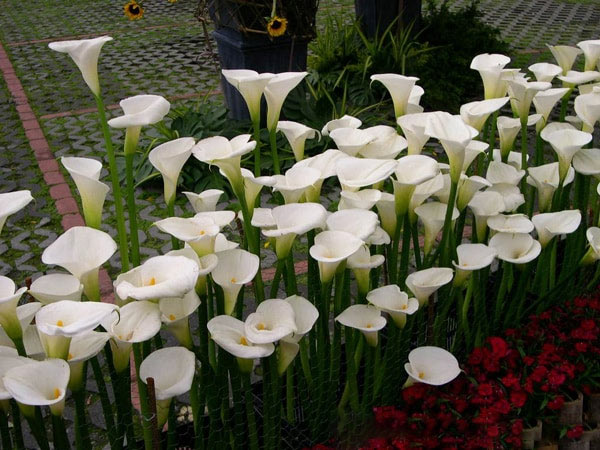
When it comes to the safflower plant, it’s important to be cautious as it contains high amounts of calcium oxalate, which can be harmful if ingested. Consuming its leaves and tubers can lead to unpleasant symptoms such as vomiting, burning mouth, numbness of the tongue, and swelling of the mucosal surface.
The bamboo tree is a popular plant that grows tall and slender, making it a great addition to any garden or landscape. Meanwhile, the oleander flower is known for its stunning appearance and bright color, which make it a favorite among gardeners looking to add a touch of beauty to their outdoor spaces. However, it’s important to note that oleander can also be toxic if ingested, so proper care and caution should always be exercised when handling this plant.
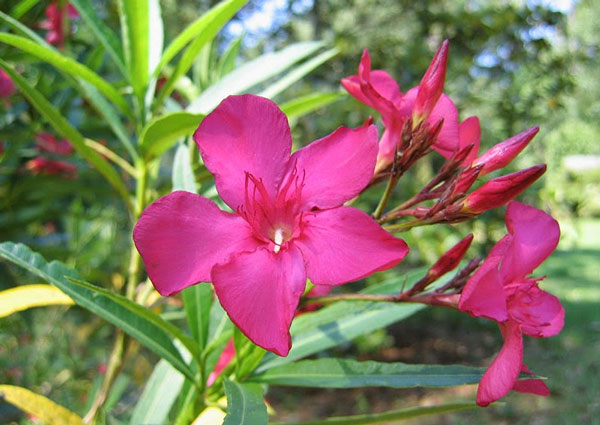
The plant known as oleander is incredibly harmful to humans due to its high concentration of toxins, including oleandrin and neriin. These toxins can be found in all parts of the plant, such as the leaves, flowers, fruits, seeds, and stems. Ingesting just 10-20 oleander leaves can be life-threatening for adults, while young children can be fatally poisoned by just one leaf. Symptoms of oleander poisoning include severe nausea, vomiting, headache, fatigue, lethargy, continuous diarrhea, and severe arrhythmia. On the other hand, Daffodils are a tree species called Thuy Huong, which was introduced to Vietnam and now commonly grown in many villas throughout the country.
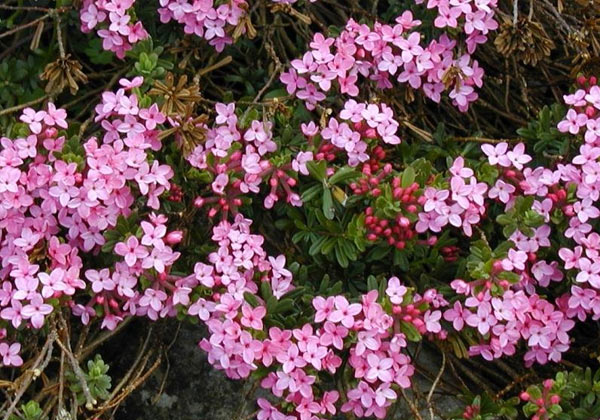
The Gloriosa superba, commonly known as the squiggly flower, has six bright red petals that make it look stunning. However, it is important to note that this flower is poisonous and can prove to be fatal for humans if consumed accidentally. The presence of toxic substances such as mezerein in daffodils and other components in hydrangea plants can also lead to severe health issues like nausea, vomiting, internal bleeding, coma, and even death. Therefore, it is important to exercise caution while handling these plants.
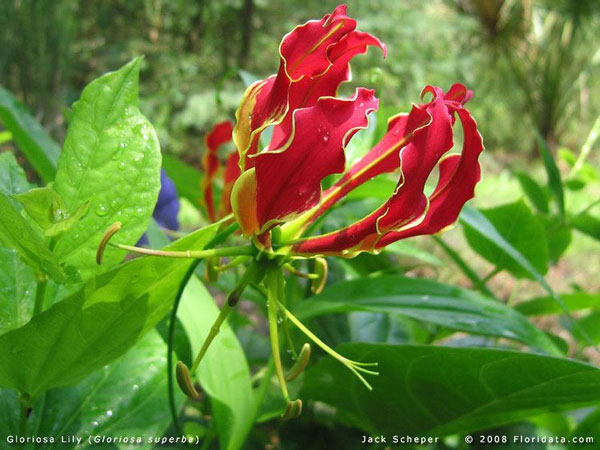
The plant’s roots and seeds contain a chemical called Colchicine that can be dangerous to humans. Other alkaloids found in the plant can also cause numbness, loss of sensation, coma, and even death if consumed.
